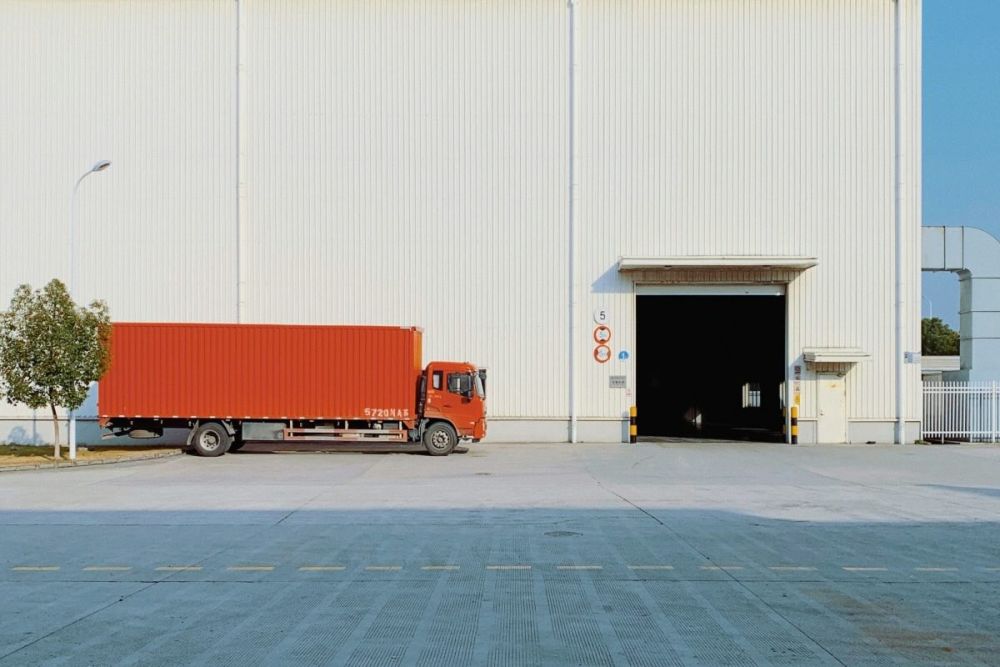Buying a semi truck is one of the most important decisions you’ll ever make. It’s a major investment that directly affects your fuel costs, maintenance, driver satisfaction, and long-term profitability. But how much does a semi truck cost today?
In short, it depends on several critical factors, including age, condition, specifications, and the type of work the rig will handle. Knowing what drives the price of a semi truck can save you thousands and prevent some serious surprises down the road.
Whether you’re looking to expand your fleet or buy your first rig, we’ll break down what affects semi truck pricing, compare new vs. used options, and show how Mission Financial Services can help you get behind the wheel without draining your cash flow.

Cost Breakdown by Truck Type
The purchase price of a semi truck depends heavily on its configuration. Whether you’re buying a brand-new semi-truck or considering a trade-in, understanding how the truck type affects cost will help you budget more accurately.
New Semi Truck Cost
A new semi with no mileage on the odometer can cost between $150,000 and $270,000 or more, especially if you’re buying from a top-tier dealer like Peterbilt, Freightliner, or Kenworth.
A day cab, designed for short-haul or regional use without sleeping accommodations, is usually the most affordable configuration, starting around $150,000.
In contrast, a fully equipped sleeper cab (packed with premium comfort features, advanced safety systems, and fuel-efficiency technology) easily exceeds $220,000, and in some cases approaches $270,000.
Adding upgrades like adaptive cruise control, collision mitigation, lane assist, or an enhanced transmission can raise the final truck cost by several thousand dollars.
Emerging powertrain options, such as natural gas engines or emerging electric drivetrains, typically carry a higher purchase price, even though they may deliver long-term fuel savings and reduced operating costs.
Used Semi Truck Cost
Used rigs are a more budget-friendly option, notably for fleet operators looking to control total cost or for new owner-operators launching their first business.
Financing an older truck that’s five to seven years old with (400,000–700,000 miles) typically costs between $40,000 and $80,000, depending on the brand, engine condition, and prior maintenance.
Higher-mileage trucks (over 800,000 miles) often go for under $50,000, but you’ll want to factor in higher expected repairs, oil changes, tires, and potential transmission work.
A used truck with a solid warranty, full-service history, and good fuel economy still offers tremendous value, especially if you’re not ready to commit to the whole new semi truck cost.

Key Total Cost Influences
Several key factors determine what you’ll pay for a semi truck. Understanding these can help you manage the total cost of ownership, improve fuel efficiency, and avoid expensive surprises down the road.
The engine type is one of the biggest price drivers. Traditional diesel engines remain the most common due to their power and reliability, but natural gas alternatives are gaining traction for their cost savings and reduced emissions.
Natural gas rigs have higher initial costs but offer better fuel efficiency and lower operating expenses, saving up to $600,000 annually.
Technology and safety features are another significant cost variable. Spec’ing your truck with systems like adaptive cruise control, collision avoidance, and lane departure warning can add thousands to the semi truck cost. Still, these upgrades improve driver safety and may reduce insurance premiums or downtime from accidents.
Comfort also plays a role. A sleeper cab outfitted with a premium mattress, climate control, refrigerator, and entertainment system will raise the truck cost, but it can also attract and retain experienced drivers, particularly for long-haul highway work.
Cab design and features often vary by brand, but the general rule holds: more cargo capacity, better fuel economy, and added driver comfort mean a higher price.
Other cost-influencing factors include axles, transmission type, and whether the vehicle was built for heavy hauling or light regional use. As a rule, more spec’d-out trucks are more expensive, but they often pay off through reduced maintenance costs and improved efficiency over time.

Comparing New vs. Used Purchase Prices
A new semi truck commands a higher upfront cost (often $150,000 to $200,000 or more) but comes with a full warranty, lower maintenance, and the latest fuel efficiency and safety features. That means less downtime, fewer unexpected repairs, and higher reliability over the first several years.
Used semi trucks, by contrast, may cost as little as $40,000 to $90,000 but can bring higher risk.
While many used trucks offer strong value, especially if they come with maintenance records and recent upgrades, they may require earlier oil changes, tires, and engine work. These are key considerations if you’re balancing cost savings against potential repairs.
Operational expenses are rising, ATRI reports record-high non-fuel operating costs driven mainly by truck and trailer payments and driver benefits. That makes it more important than ever to weigh the total cost of ownership.
Financing and Affordability Strategies
Because a semi truck is a major investment, few buyers pay the full purchase price upfront. Financing spreads the cost over time, helping you preserve cash flow and grow your business more sustainably.
Whether you’re buying a brand-new semi truck or opting for a used rig, a smart financing strategy can turn a large one-time expense into manageable monthly payments.
Most commercial truck loans require a down payment of 10%–20%, though some programs offer low- or no-down financing options to owner-operators with an excellent borrower credit history.
Terms usually range from 36 to 72 months, depending on the truck’s age and your credit report, business profile, and financing provider.
Interest rates vary based on your personal credit, business credit, and whether you’re working with direct lenders, banks, or credit unions.
While longer loan terms lower your monthly cost, they increase your total loan repayment over time.
Some buyers also explore lease options to reduce upfront costs or avoid long-term depreciation risk, though lease terms can come with mileage limits and limited flexibility.
Financing also helps buyers access new semi trucks with improved fuel economy, lower maintenance costs, and advanced safety features that can lead to long-term cost savings.
Mission Financial Services specializes in matching drivers, including those with bad credit or limited history, to tailored lending solutions that fit real-world needs and budgets.

How to Prepare Before You Buy
Before signing paperwork on any semi truck, you need a plan. First, define your needs: cargo type, haul distance, terrain, climate, and fuel efficiency goals all shape the right rig for your operation. Next, build a checklist to evaluate both trucks and sellers.
For used trucks, inspect the engine, tires, transmission, axles, and physical damage thoroughly. Check for signs of leaks, rust, frame wear, or deferred maintenance. Request a full-service log and consider a third-party inspection.
Calculate your realistic budget using a loan calculator, and factor in fuel, insurance, repairs, taxes, and projected mileage. Don’t forget to include soft costs like driver retention and fuel costs based on efficiency ratings.
Whether you’re buying from a dealer or private sale, ask smart questions about service history, previous use, and why the truck is being sold.
Also, consider the value of a trade-in if you’re upgrading. Even trucks with wear-and-tear can offset the cost of a new truck and reduce your financing burden.
Final Thoughts
So, how much does a semi truck cost? Most owner‑operators and small fleet owners should expect to spend between $30,000 and $120,000 for a used semi, depending on age, mileage, and condition.
New semi-trucks typically cost between $125,000 and $275,000, with basic models starting around $125,000 and top-tier, fully spec ‘d-out sleeper cabs reaching up to $275,000.
Remember, your semi truck is a revenue-generating investment that earns its keep. Savvy buyers evaluate not only the purchase price, but also long-term fuel efficiency, routine maintenance, and total ROI over the rig’s life.
Ready to make your next move? Whether you’re buying, leasing, or planning a trade-in, Mission Financial Services offers tailored funding for every buyer.
Let’s get your next truck rolling. Apply now or contact us to find the financing plan that works for your operation.


